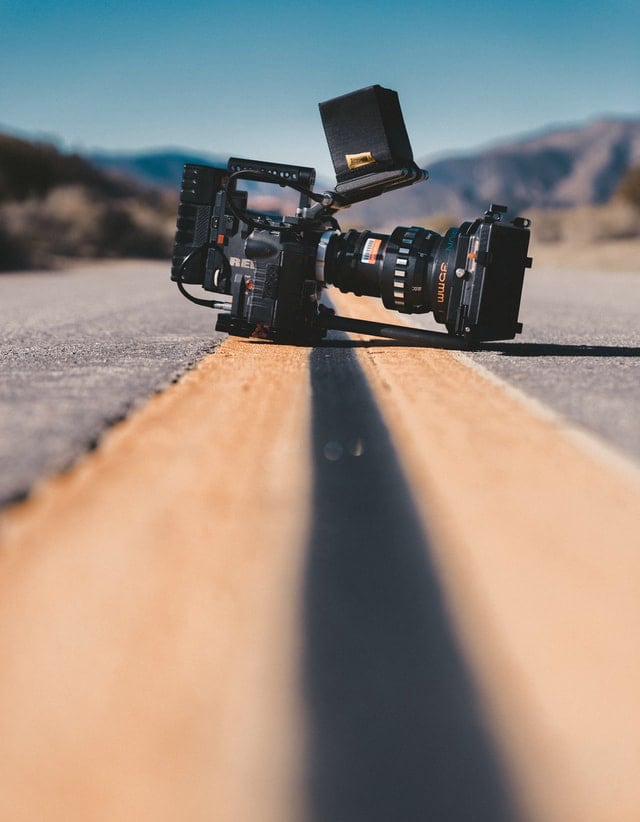The Best Wedding Videography Cameras Priced from $1,500 to $6,500
Contents
- Canon EOS C200 (Price: $5,500+)
- Canon EOS C70 (Price: $5,500+)
- Sony A7S III (Price: $3,500+)
- Sony A1 (Price: $6,500+)
- Lumix GH5 mark II (Price: $1,500+)
- Blackmagic Pocket Cinema Camera 6K Pro (Price: $2,500+)
- Which camera to buy
We will look at the top 6 cameras for shooting wedding videos. These cameras are now used by the vast majority of wedding videographers in different price ranges.
From our practice of wedding video editing, we can say that most of the videos sent to us for editing were shot with a Sony A7S III and a Canon C200. Quite a few videos were also shot with Canon C70 and Sony A1 which is the top-of-the-range camera in this segment. Lumix GH5 II is a flagship camera for budget shooting and we also had several videos taken with this camera. Separately, we want to highlight Blackmagic Pocket Cinema Camera 6K Pro, which has the characteristics of professional cameras from the film industry. So, it produces very cinematic videos, but it requires a certain amount of experience from the videographer to work with it.
Below, you’ll find out why these cameras have become so popular among videographers for shooting wedding videos.
Canon EOS C200 (Price: $5,500+)
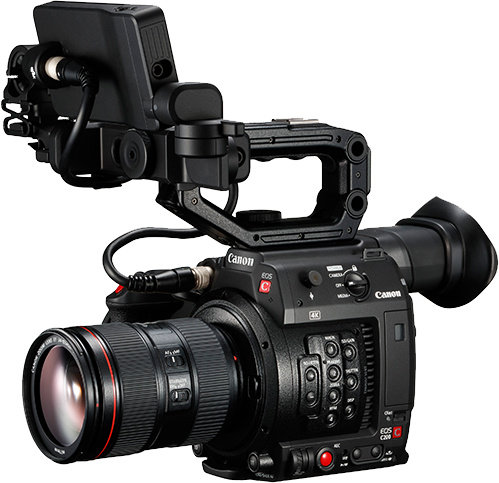
It supports 4K shooting with a 15-stop dynamic range in Cinema RAW Light and a 13-stop dynamic range in MP4. This sensor reduces readout time, resulting in fewer artifacts. It has two Dual Digic DV6 image processors. This powerful combination enables a wide range of resolutions and frame rates. The new sensors feature high line scan speeds. This speed has resulted in an almost total absence of a rolling shutter. This eliminates the Jell-O effect found in many CMOS cameras. HDR support is implemented with a special viewfinder and display mode for this. There is an extended ISO range, support for the ACES 1.0 format, and HDR standards BT-2020, ST.2084 for monitoring on set on a compatible monitor. It is possible to control the camera and focus using the touch screen. There is a proprietary technology called DAF, fast autofocus with face detection (with Face detection mode, Face priority), FocusGuide mode, and the ability to select the focus area “touch” on the display, the function to adjust the speed of autofocus and tracking sensitivity. A set of neutral filters enclosed in a motorized node between the lens and sensor is also present. By combining the filter options, it is possible to achieve a minimum depth of field in high light conditions.
The Canon C200 sits perfectly in the hand and is ergonomically designed for long periods of handheld shooting thanks to its comfortable body shape and low weight of 1.4 kg. Considering the camera shoots RAW, 1.4 kg is a pretty good weight, especially when handheld stabilizers and drones are becoming more and more popular.
A key feature of the Canon C200 that I wanted to test is the new Cinema RAW Light format. It’s a variant of the Cinema RAW format, but the files take up to 3-5 times less space. Another advantage of the new format is that the already impressive 13-step dynamic range for MP4 and Canon Log/Log 3 recording in the EOS C200 has been expanded to 15 stops in Cinema RAW Light mode (when processed with Canon Cinema RAW Development 2.0 software with Canon Log 2). Canon has entered into many agreements with the owners of leading video editors as well as with software developers. For example, the DaVinci Resolve video editor now supports the editing of Cinema RAW Light. A similar agreement has been made with Avid Technology, so if you install the Canon RAW plug-in in Media Composer software, it too will be able to process files of this type. And of course, Canon has released its Cinema RAW Development software for editing Cinema RAW Light files. Grass Valley integrated support for Cinema RAW Light into its Edius Pro 9 version back in 2017. When you install Canon RAW in Apple’s version of Final Cut Pro X, that app will also support editing Cinema RAW Light files.
Canon EOS C70 (Price: $5,500+)
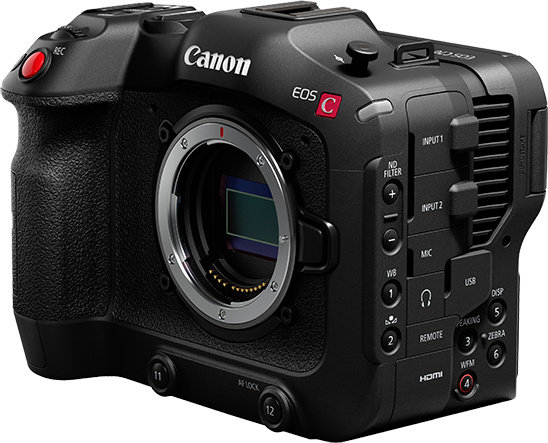
This camera has several shooting profiles (Rec709, HDR, Canon Log2, and Canon Log3). In my opinion, it always makes sense to shoot with this camera in the Log profile. At the same time, we get a huge gain in dynamic range and color rendering.
The maximum frame rate is 120 fps regardless of resolution. This camera has no matrix stabilization, so you’ll need a rig, tripod, and gimbal. You’ll have to rely on the optical stabilizer in the lens when shooting handheld. There is digital stabilization in the camera.
The standard BP-A30 battery has a capacity of 45 Wh, and on this fully-charged battery, you can shoot around 3 hours of 4K 50 fps footage. But there’s also the compatible A60 battery, with twice the capacity.
With the 24-105 f/4 lens, the camera weighs over 2 kg, so don’t expect to make do with a lightweight and inexpensive stabilizer. I used to put it on the Zhiyun Crane 2S. Something of a similar level would be needed: Ronin S, Ronin S2, etc.
Canon EOS C70 is equipped with an active cooling system to avoid overheating during long periods of high resolution and high frame rate shooting. In my experience, I have found that the camera can get hot, but shutdowns can be avoided in all shooting conditions.
The Canon EOS C70 has excellent image quality. First of all, in color, but also in other parameters. Video is not super-sharp like on mirrorless cameras with their high pixel redundancy, it’s quite soft, and sharpness can always be tweaked in processing if you need it. The Canon EOS C70 can hardly be called a light sensitivity monster. The sensor here, by the way, is the same as the C300 mark III and, although it has a line scan, the roll-shutter effect is minimal. Similarly, other defects are minimal. A good feature of the camera is the presence of a built-in variable ND filter. Moreover, it is an optical filter. It physically changes the glass when you switch it. To be fair, I have to say that I wouldn’t call the Canon EOS C70 a perfect camera—there are still a few complaints. Matrix stabilization would have been very useful. It’s difficult to work with the screen outdoors in direct sunlight. Its brightness and contrast can be cranked up, but then forget about correct picture reproduction. However, in the case of Canon EOS C70, all these points are more than overlapped by its indisputable advantages.
Sony A7S III (Price: $3,500+)
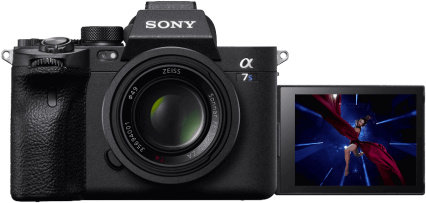
At the expense of a sensor with a large pixel ILCE-7SM3, this camera has an advantage in dynamic range, high ISO performance, and many other characteristics. The developers have squeezed the most out of 4K in this camera!
The Sony A7S III uses an upgraded 12-megapixel full-frame sensor.
The camera has an even larger sensor area (compared to previous models) and informally leads the mirrorless market in this parameter.
The second most important advantage of this model is the high-quality 4K video recording (in terms of frame rate, sub-sampling, bitrate, and gamma curve profiles).
In addition, the camera lets you shoot up to 4K video in 4K: 100fps slow motion. The rolling shutter is very slightly pronounced. In domestic scenes, the videographer is unlikely to encounter this effect at all.
The camera can shoot video for a long time without overheating. The Sony A7S III has a built-in five-axis image stabilizer based on sensor shift. The handheld video looks pretty smooth; you can often do without a tripod or external stabilizer.
The autofocus on this model is excellent; it is very fast and accurate. So, even for those new to wedding videography, this camera is very comfortable to use.
The Sony A7SIII delivers great video quality, even in low-light environments. This factor, too, is often very useful for the wedding videographer.
So, the Sony a7S III looks to be one of the most interesting cameras on the market in terms of video recording. Even compared to models that offer higher resolution, the a7S III looks like a much more practical choice: unlimited recording time, a wide selection of codecs, and all the advantages of Sony’s full-frame mirrorless cameras: excellent autofocus, built-in stabilization, etc.
Sony A1 (Price: $6,500+)
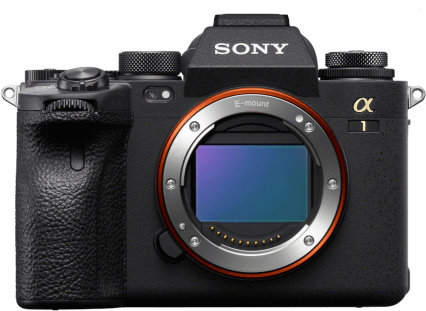
The camera is impressively compact for its performance and build quality.
Sony A1 can record 10-bit 4:2:0 8K video at up to 25/30 frames per second (to memory card).It records at a bit rate of 200 or 400 Mbps. The advantage of this solution is the simplicity of the workflow. Even a V90 class SD card will do for an 8K recording. No external recorder or expensive CFexpress cards are needed. There are also plenty of 4K recording options, for example at up to 120fps.
The stabilization system is based on a sensor shift. It compensates for variations in five axes. The camera supports various gamma curve profiles, such as S-Log3 or HLG for HDR recording. Very accurate and fast autofocus. Remarkable color reproduction and a wide range of possibilities for further color correction during postproduction.
Autofocus does not require any additional action from the operator, it finds the main subject and keeps it in sharpness by itself. The camera focuses on the eyes of people, animals, and birds without fail. If the background is shallow, it focuses on the figure. For complex scenes, real-time scene tracking can be activated with a single tap.
Even with very rapid panning, there is no rolling shutter effect. Again, that’s thanks to the high-speed sensor readout.
The Sony A1 is designed for professional wedding videographers looking for class-leading camera capability. For a beginner, this camera would be too expensive, in which case it would be better to consider the Sony A7S III.
Lumix GH5 mark II (Price: $1,500+)
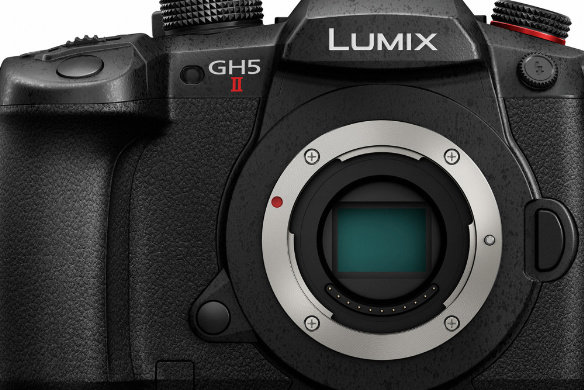
In the budget video production segment, it has become one of the most successful models.
It shoots a 10-bit video in 4K from the full width of the sensor at 50/60fps.
The autofocus works well enough (with human and animal eye and silhouette recognition for distant subjects), but is not as perfect as the Sony A7S III and SonyA1.
One important point is the effectiveness of the built-in stabilizer, which wedding videographers love the camera for. With this camera, you can shoot video handheld and the quality of the smoothness will be almost the same as with a gimbal.
The resolution ceiling for the Panasonic Lumix GH5 II is what’s known as 6K-A video, 4992×3744 with a 4:3 aspect ratio and 25/30fps. The letter A in the model name is about anamorphic optics. The maximum frame rate for 4K is 50/60p with a 10-bit color depth.
The RAW format is not available in the Lumix GH5 II, but as a simplified alternative, the manufacturer suggests using the V-Log L gamma curve profile with a dynamic range width of 12 bits. It’s out-of-the-box and does not require a firmware upgrade (as was the case with the first version of the GH5).
This model does not have a Dual Native ISO function. That said, shooting in low light conditions is at a reasonably good level. Of course, the Sony A7S III and Sony A1 have the lead in this regard.
Panasonic managed to strike a successful balance between the device’s capabilities, price, and size once more in this model. GH5 II is a good choice for professional but budget video production.
Blackmagic Pocket Cinema Camera 6K Pro (Price: $2,500+)

This camera creates the distinctive cinematic effect of a wedding video. It’s immediately striking when viewed compared to other peers in a similarly priced segment.
The Blackmagic Pocket Cinema Camera 6K Pro is ideal for advanced wedding videographers. Despite best-in-class video quality and plenty of extra features, the lack of continuous autofocus will challenge anyone who wants a versatile camera. It also lacks body image stabilization and a fully movable screen (the screen only partially tilts). As a result, this camera is best suited to the experienced wedding videographer who knows how or prefers to shoot videos with manual focus and gimbal.
This model has simply fantastic video quality and gives you a very wide range of color correction possibilities during postproduction. In particular, it shows its full potential in color grading with Davinci Resolve, the same Blackmagic software that has been a standard in color correction in the world of video production for about 20 years. Working with editing and color correction of wedding videos captured with this camera is just a pleasure when coupled with Davinci Resolve.
The Blackmagic Pocket Cinema Camera records video in 10-bit Apple ProRes in all formats up to 4K or in 12-bit Blackmagic RAW in all formats up to 6K. It has built-in neutral filters that are fitted inside the camera. These can be used to quickly reduce the amount of light in the frame by 2/4/6 steps. The ND filters have been designed specifically for this camera and have dramatically improved color reproduction in harsh conditions. Shooting modes: 6K, 4K up to 60 fps, HD (1080p) up to 120 fps. The camera is equipped with Dual Native ISO, which allows you to choose between scenes with a high dynamic range in light or shadows. The camera does a great job shooting in a variety of conditions: in shadows against the sun, in dimly lit rooms, at night, etc.
Which camera to buy
Are you on a tight budget? Buy a Panasonic (Lumix) GH5 Mark II camera.
Are you on a mid-budget and want a camera with great autofocus and excellent low-light performance? Do you want to make fewer adjustments yourselfthen? The Sony A7S III camera is for you. Other than that, if you’re a beginner wedding videographer and want to get a good quality video right away with a minimum of experience, you might want to consider it. This is a great all-rounder for all occasions in wedding shoots.
Do you already have at least a little experience in wedding videography and want a more cinematic effect? Canon С200 and Canon C70 are good choices.
Do you want a top-of-the-range compact camera and don’t want to mess around with manual focus? Sony A1 is a great option. Excellent colors, as well as extremely fast and accurate autofocus.
Are you an experienced videographer who always shoots with manual focus and gimbal? Give Blackmagic Pocket Cinema Camera 6K Pro a look. Cinematic colors and the widest possibilities in post-production.
Write in the comments what camera you shoot with and why you chose it!




